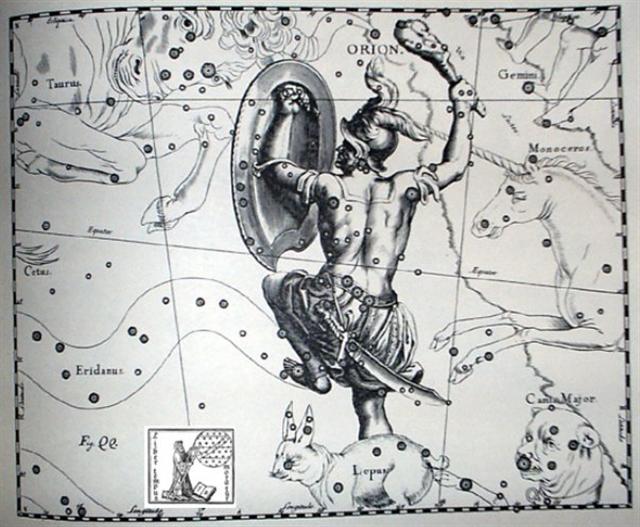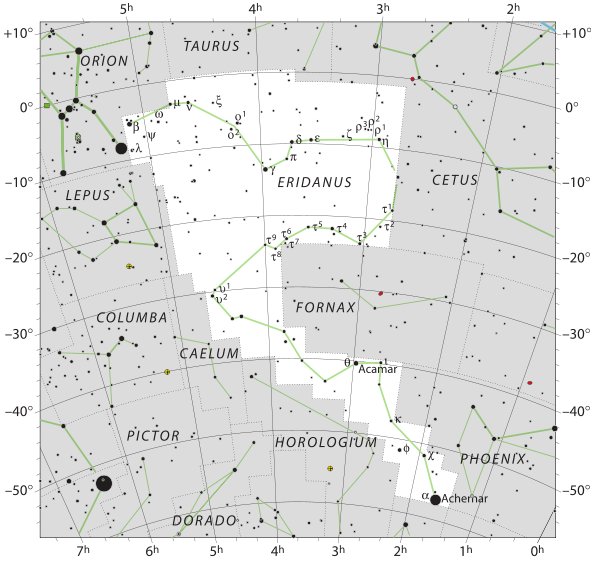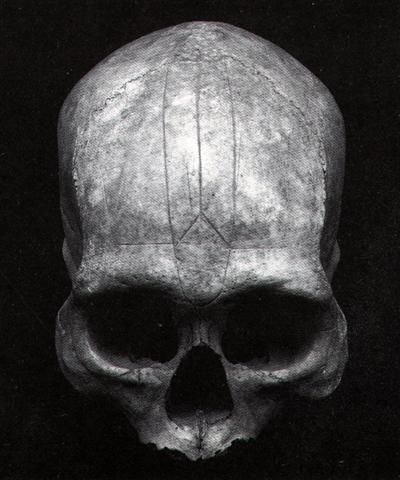Next page contains, however, also a few verbal comments intended to throw light over an otherwise rather obscure part of the text:  
South of the equator Orion looks different, with Rigel high up instead of low down, yet still rising in the east (being 'born') earlier than the other of the bright stars in the constellation:
... Up to the present time, fertility spells for fowls have played an important role. Especially effective were the so-called 'chicken skulls' (puoko moa) - that is, the skulls of dead chiefs, often marked by incisions, that were considered a source of mana. Their task is explained as follows: 'The skulls of the chiefs are for the chicken, so that thousands may be born' (te puoko ariki mo te moa, mo topa o te piere) ... As long as the source of mana is kept in the house, the hens are impregnated (he rei te moa i te uha), they lay eggs (he ne'ine'i te uha i te mamari), and the chicks are hatched (he topa te maanga). After a period of time, the beneficial skull has to be removed, because otherwise the hens become exhausted from laying eggs.
I intend to mostly use the illustrations of Hevelius because they are more informative than the other maps. And his time runs from left to right, just like the glyphs on the rongorongo tablets. Hevelius and his wife making observations:
| |||||||||||||||||||||||||||||||||||||||||||||||||||||||||||||||||||||||






